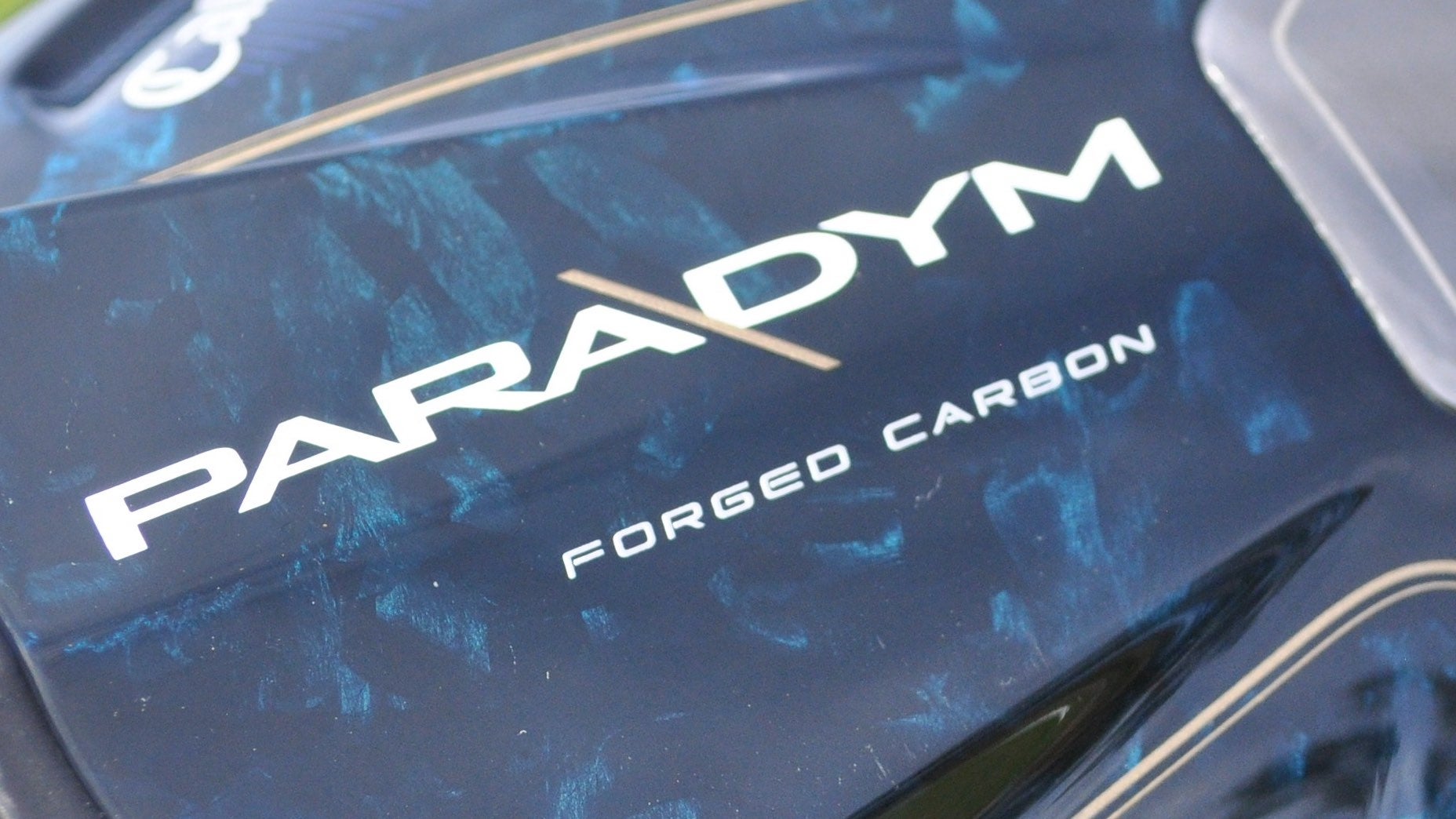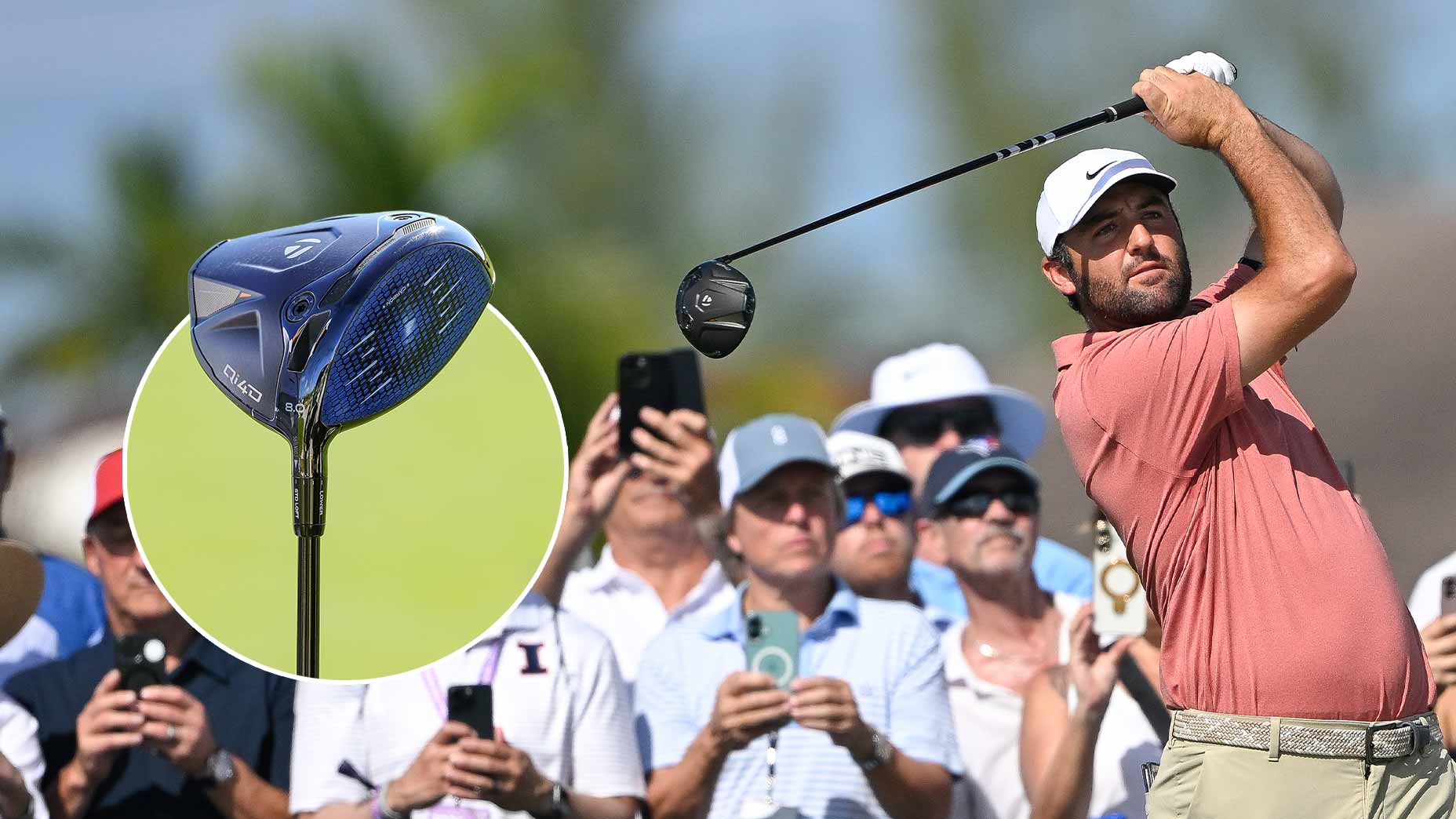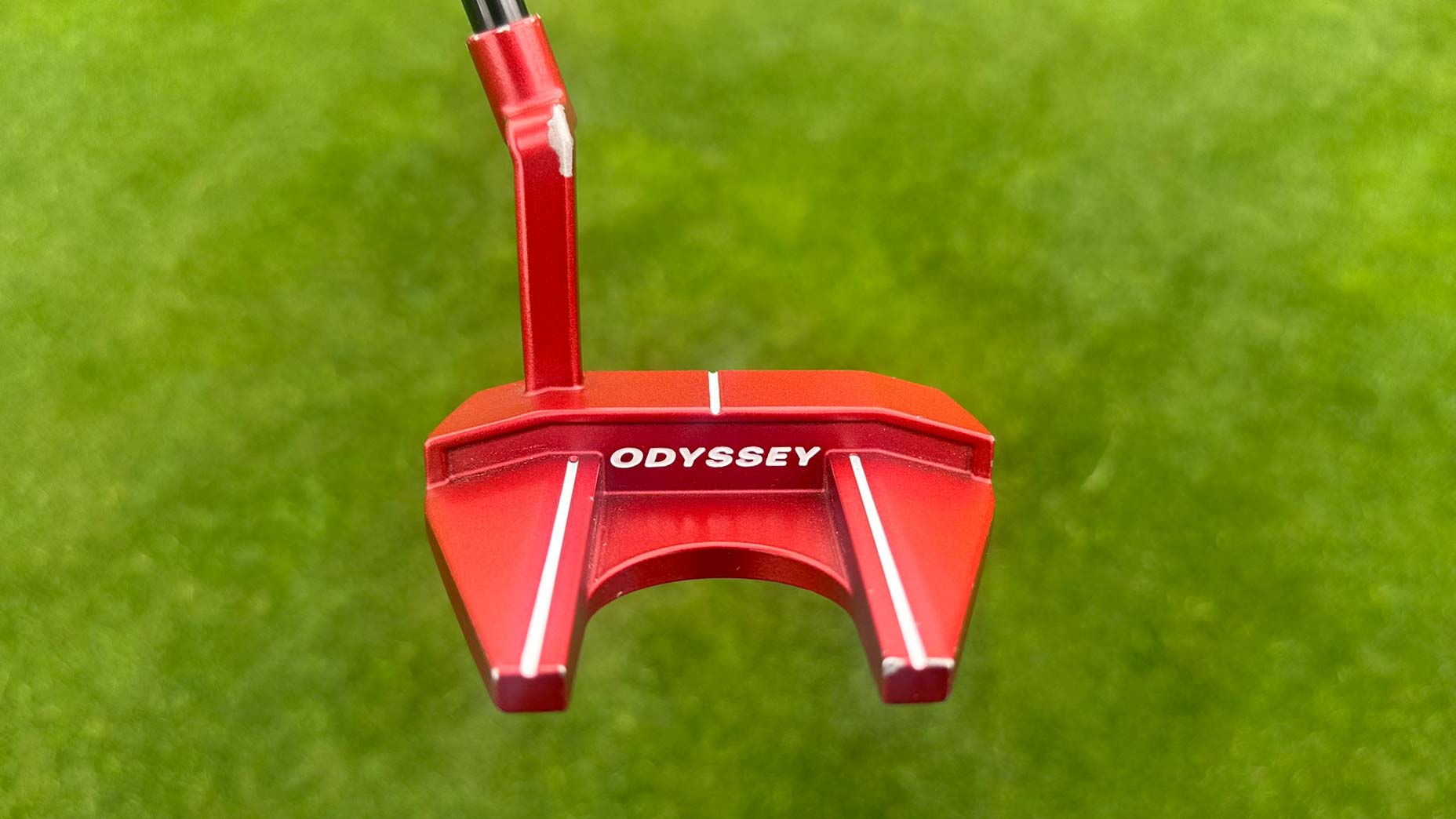Realizing not everyone has the time to consume every piece of content on club launch days, we’re trying something a little different this year and introducing a condensed version of our detailed tech write-ups that hit the high points of the new Callaway Paradym lineup (drivers, fairway woods, hybrids and irons). Here’s what you need to know.
MORE FROM OUR 2023 CLUBTEST COVERAGE: The tech behind Callaway Paradym drivers/woods | The tech behind Callaway Paradym irons | WATCH: Callaway Paradym robot testing insights | WATCH: Inside a Callaway Paradym irons fitting | WATCH: Inside a Callaway Paradym driver fitting
1. There’s a lot of carbon
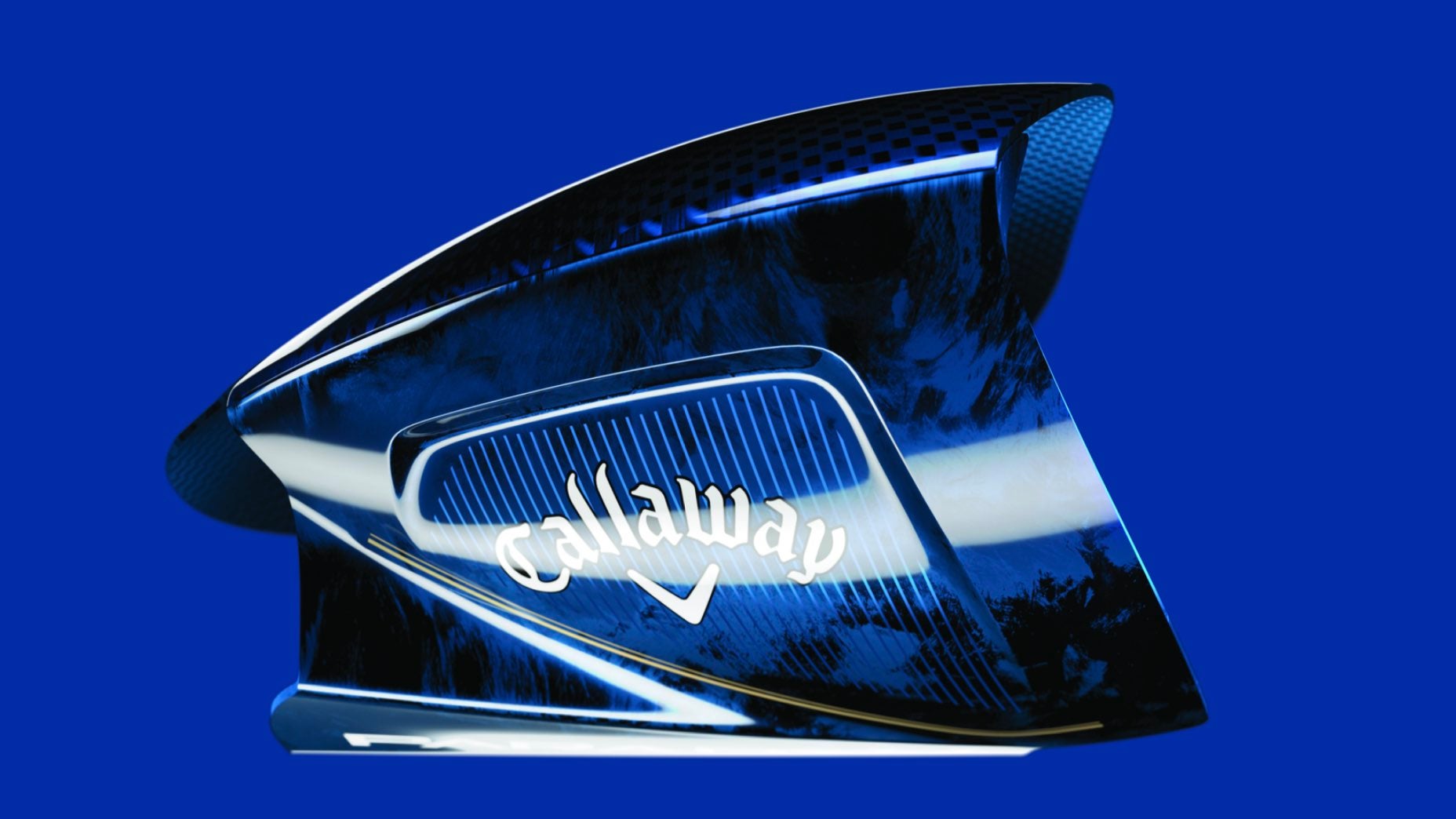
Carbon fiber is a material used by almost every equipment manufacturer in the industry. The lightweight, durable material makes it possible to shed weight from key areas on the head — the crown and sole are most common — and redistribute that discretionary mass to places where it’s better suited for golfers. For example, moving mass low and back in the head makes it easier to induce a higher launch and improve overall forgiveness.
More carbon fiber can be a good thing, but it generally comes with some drawbacks. For example, fashioning carbon fiber sections together isn’t easy, especially at higher speeds. The bond can wear down over time, increasing the chances of the carbon fiber sole, crown (or both) coming loose from the body. It’s partly why steel and titanium have been used to keep carbon fiber secure.
With the help of a high-strength DP420 epoxy — the same material used to bond the face cup to the body — Callaway was able to fuse the carbon sole to the Triaxial crown for a 360-degree carbon chassis on the Paradym drivers. The result is a head that’s 44 percent lighter than a traditional titanium body. The massive weight savings was then used to make the head more effective for performance.
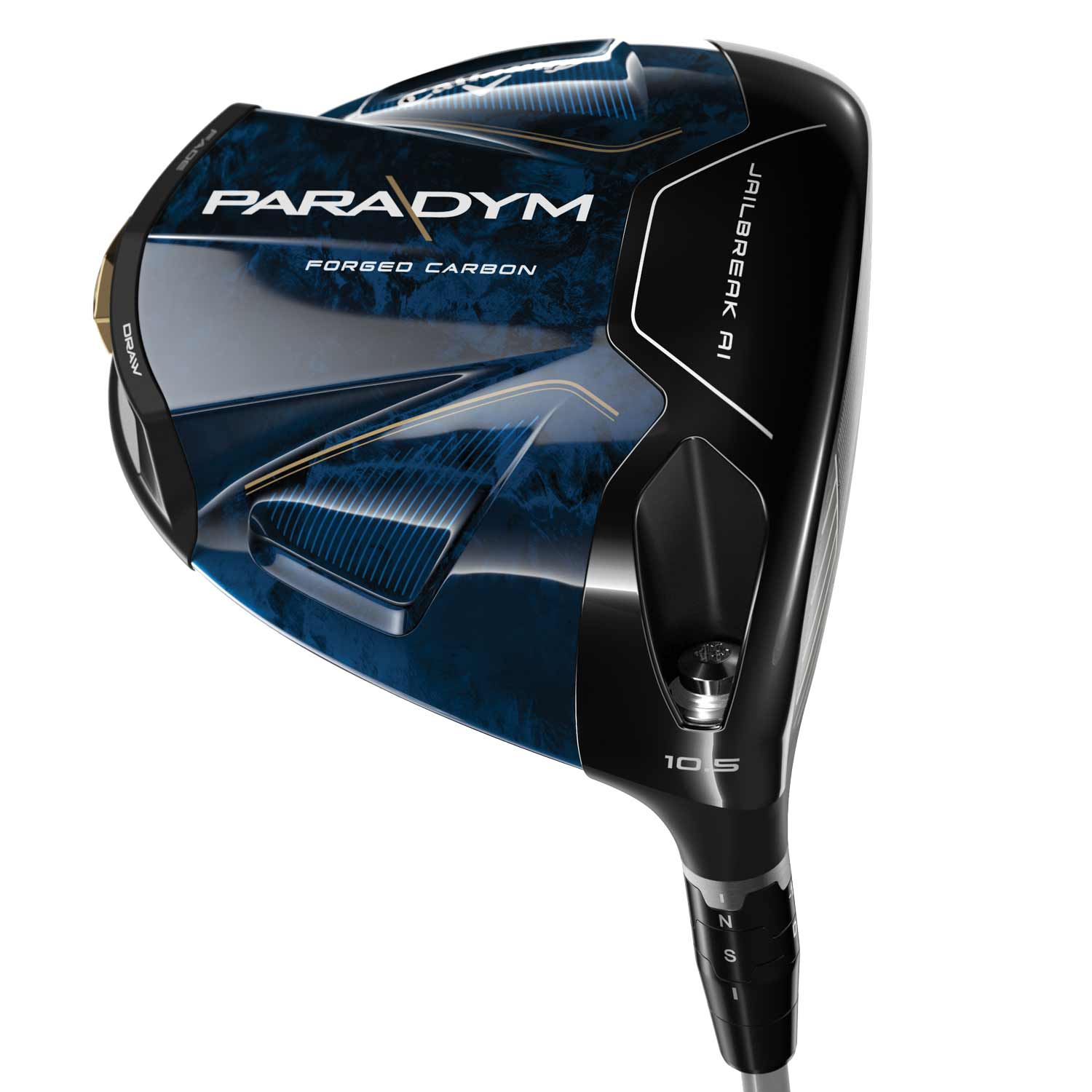




Callaway Paradym, Paradym X and Paradym Triple Diamond Drivers
The Paradym line will be available in retail stores on Feb. 24, 2023. Pick up all your new gear at Fairway Jockey.
2. Adjustability is back
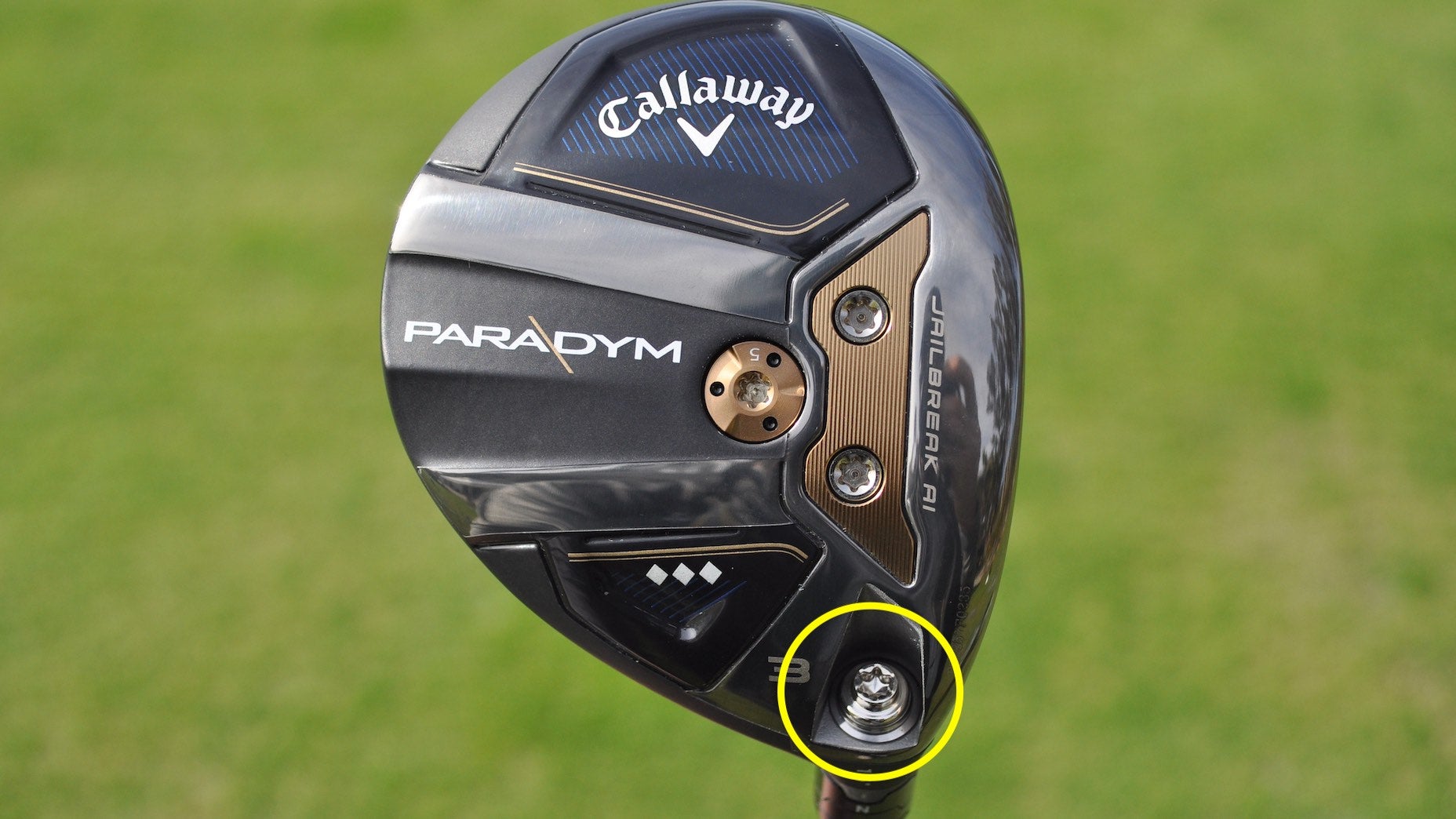
Go back and look at photos of last year’s Rogue ST fairway woods. What do you notice? Unlike many fairway woods in the market, all three models were bonded products — meaning they didn’t have an adjustable loft sleeve. Most golfers aren’t making regular loft and lie angle adjustments to their fairway woods, but it’s still nice to have when springing for a new 3- or 7-wood.
Callaway has been listening, because the lineup of Paradym fairway woods all feature an adjustable loft sleeve that was a direct result of feedback from fitters, pros and consumers that wanted adjustability to match the driver. That means more fine-tuning for golfers who love to tinker.
It should be noted, adjustability isn’t available in every loft. The Paradym and Paradym X 3-woods receive the adjustable treatment, while the Paradym Triple Diamond offers adjustability in all available lofts.
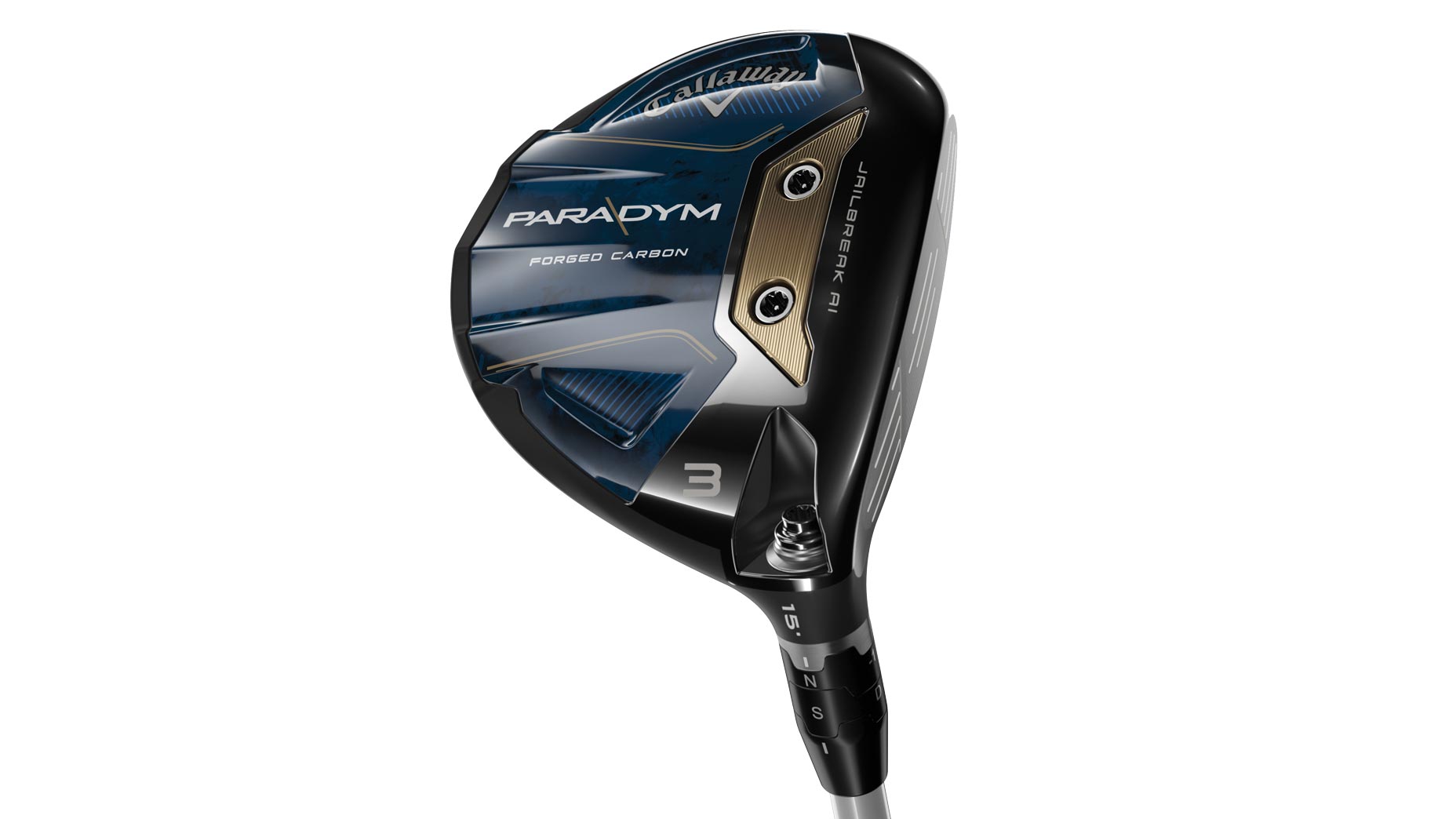
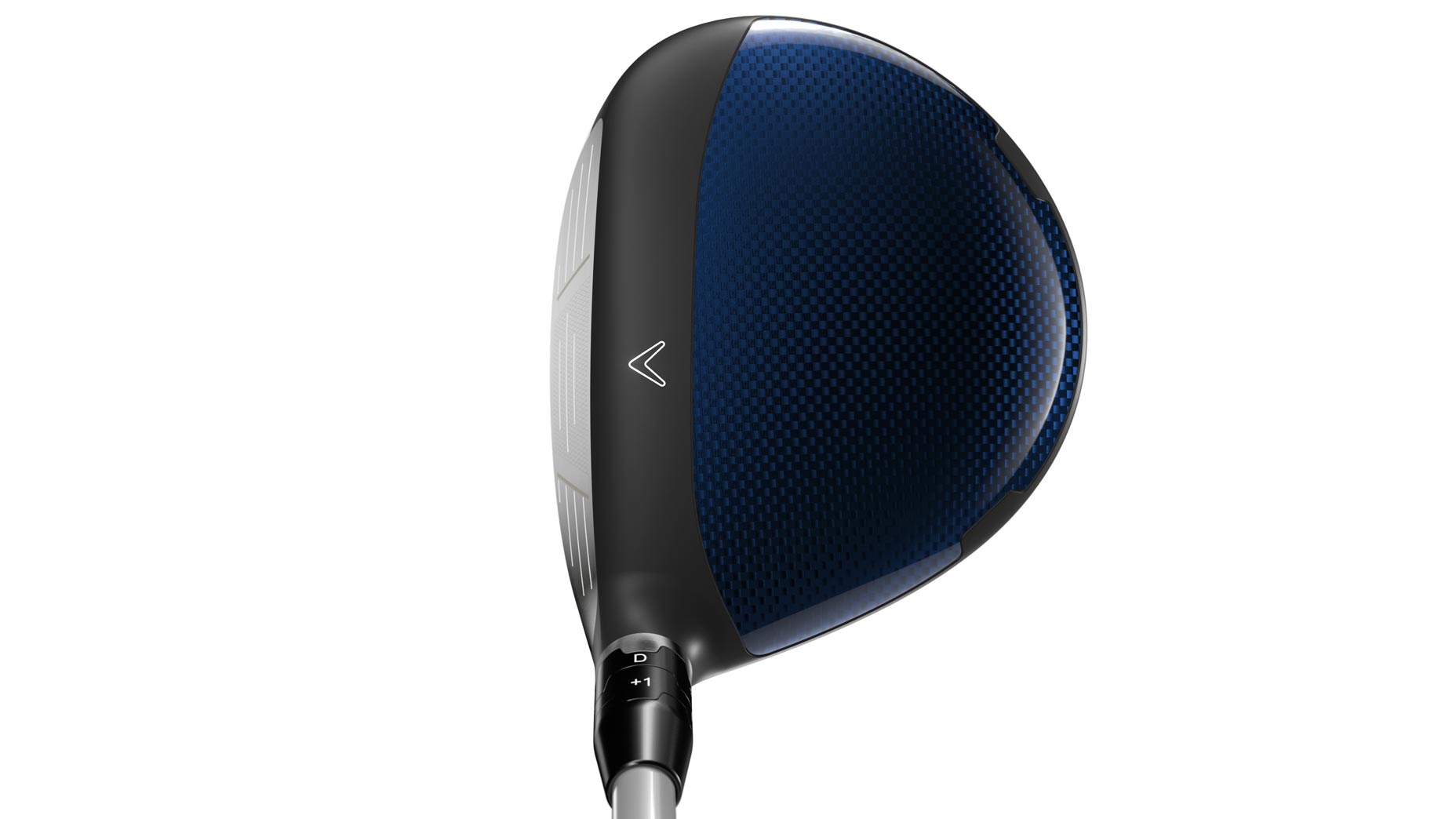
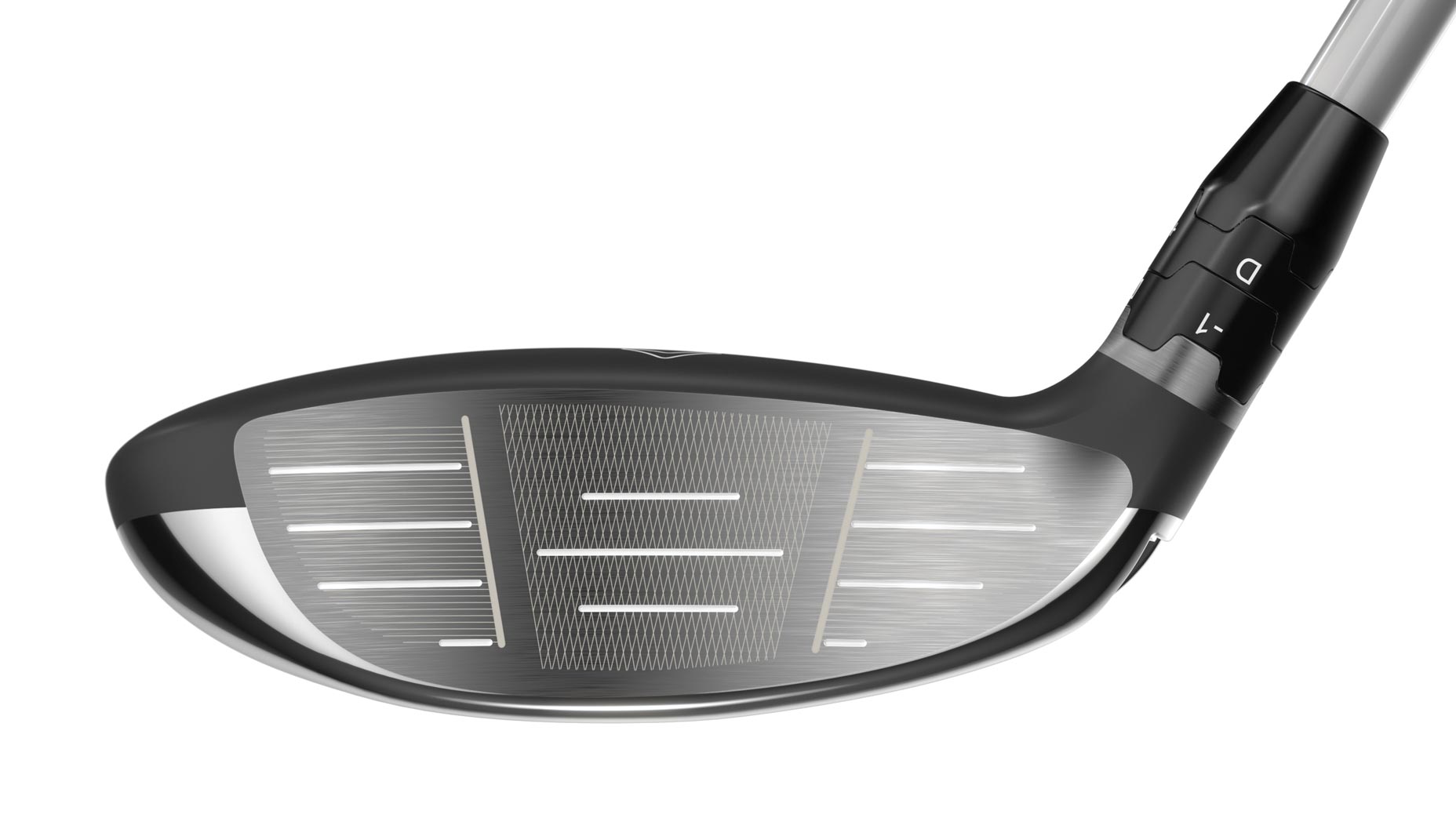
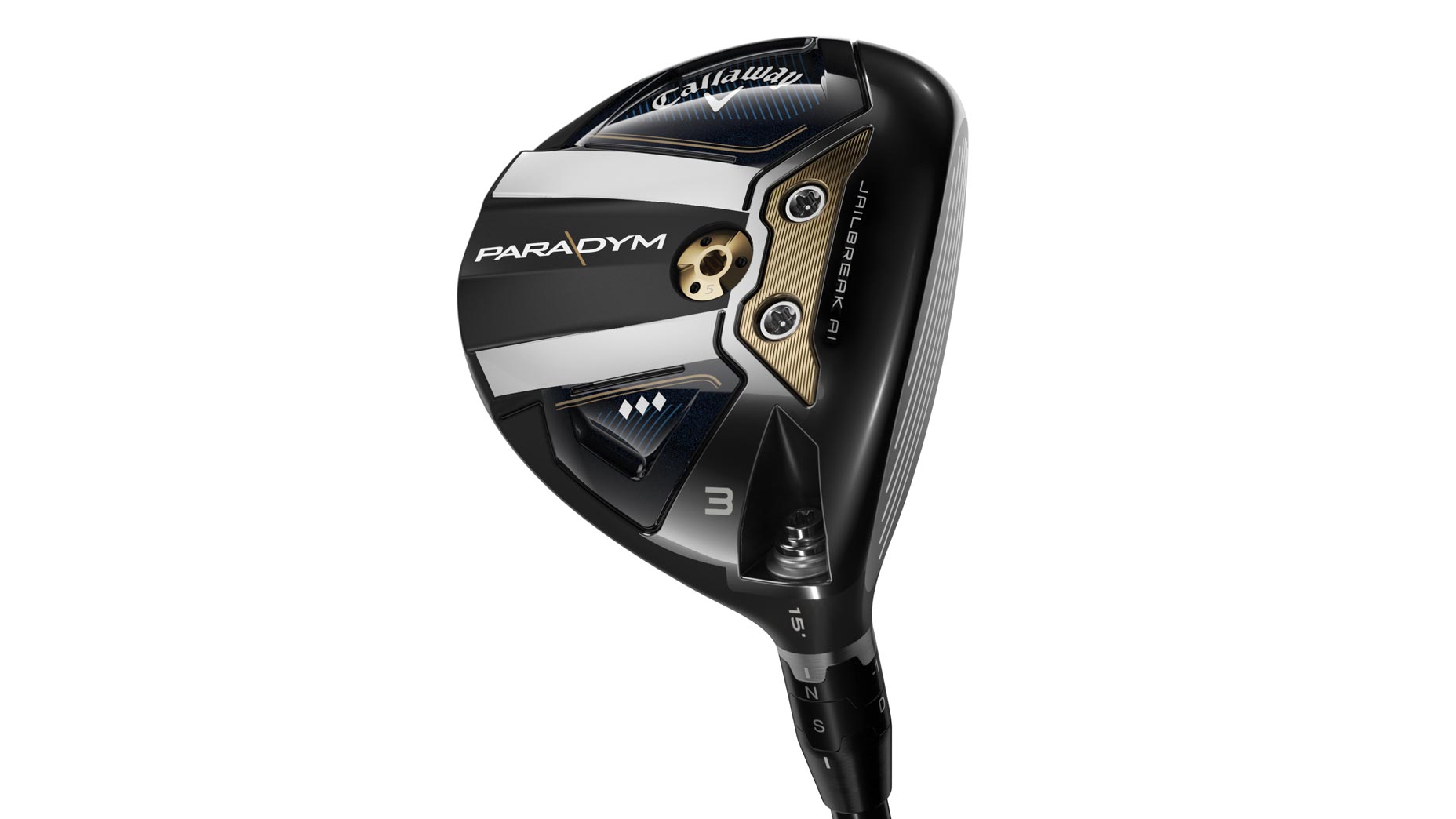
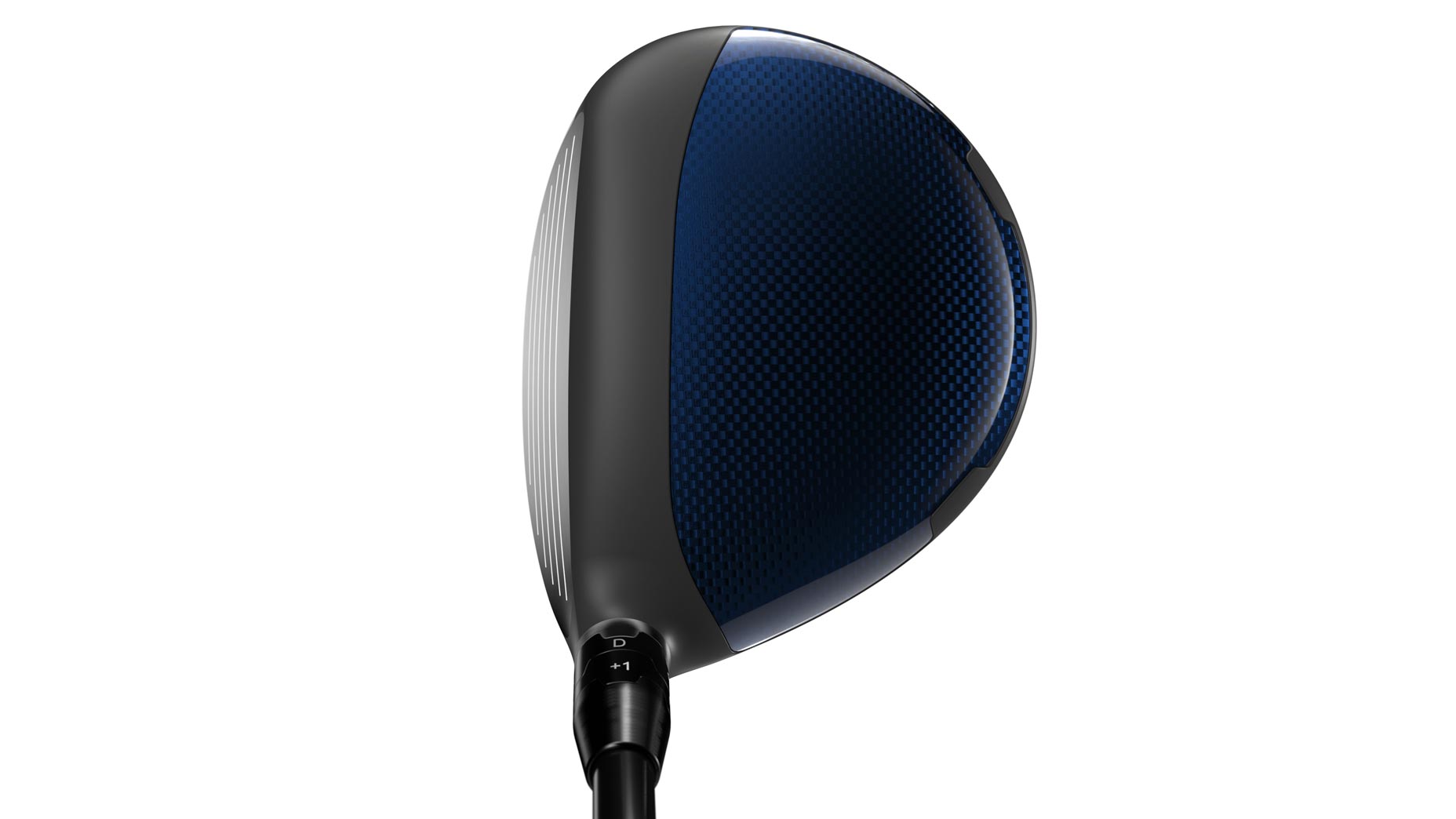
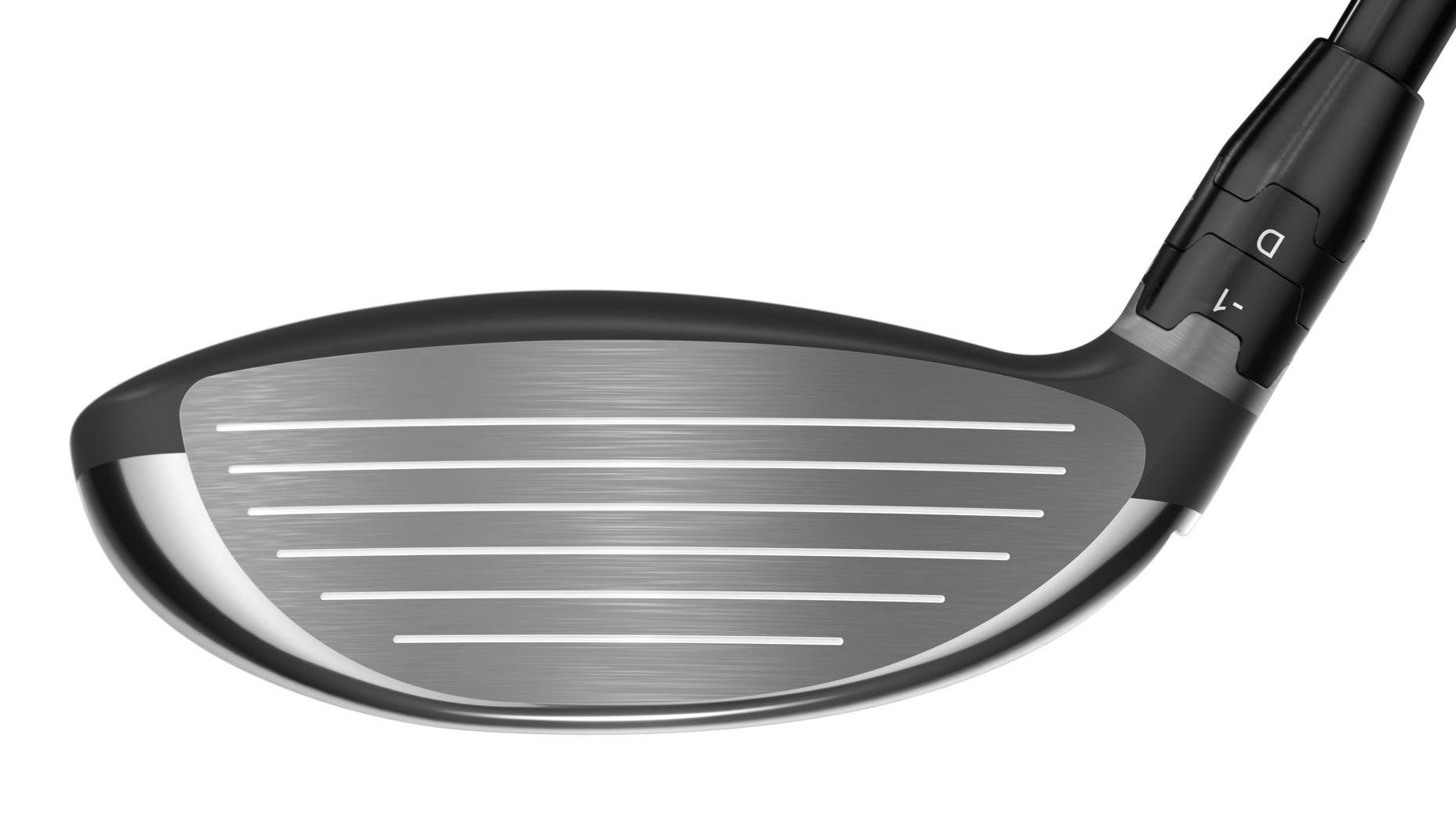
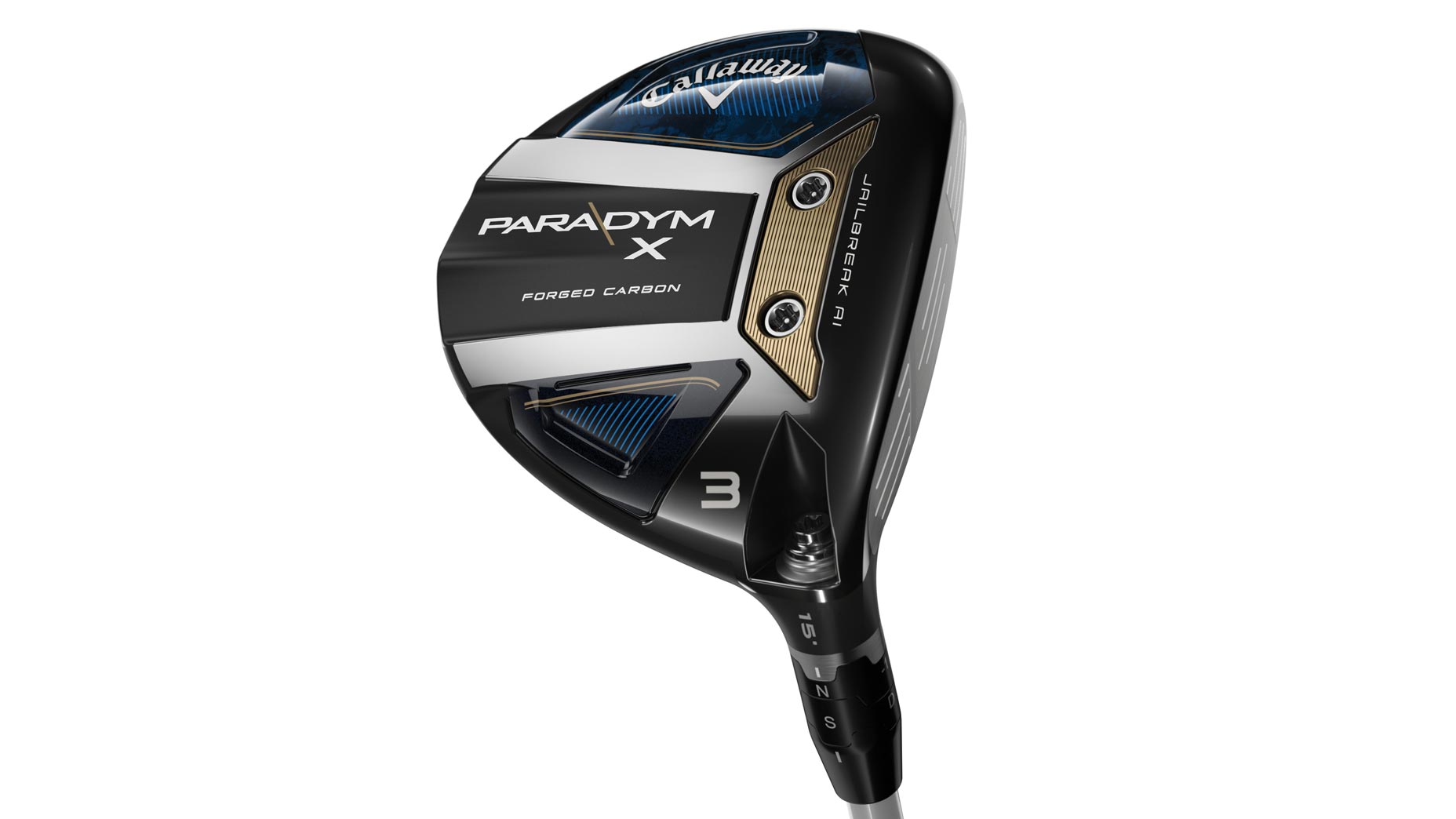
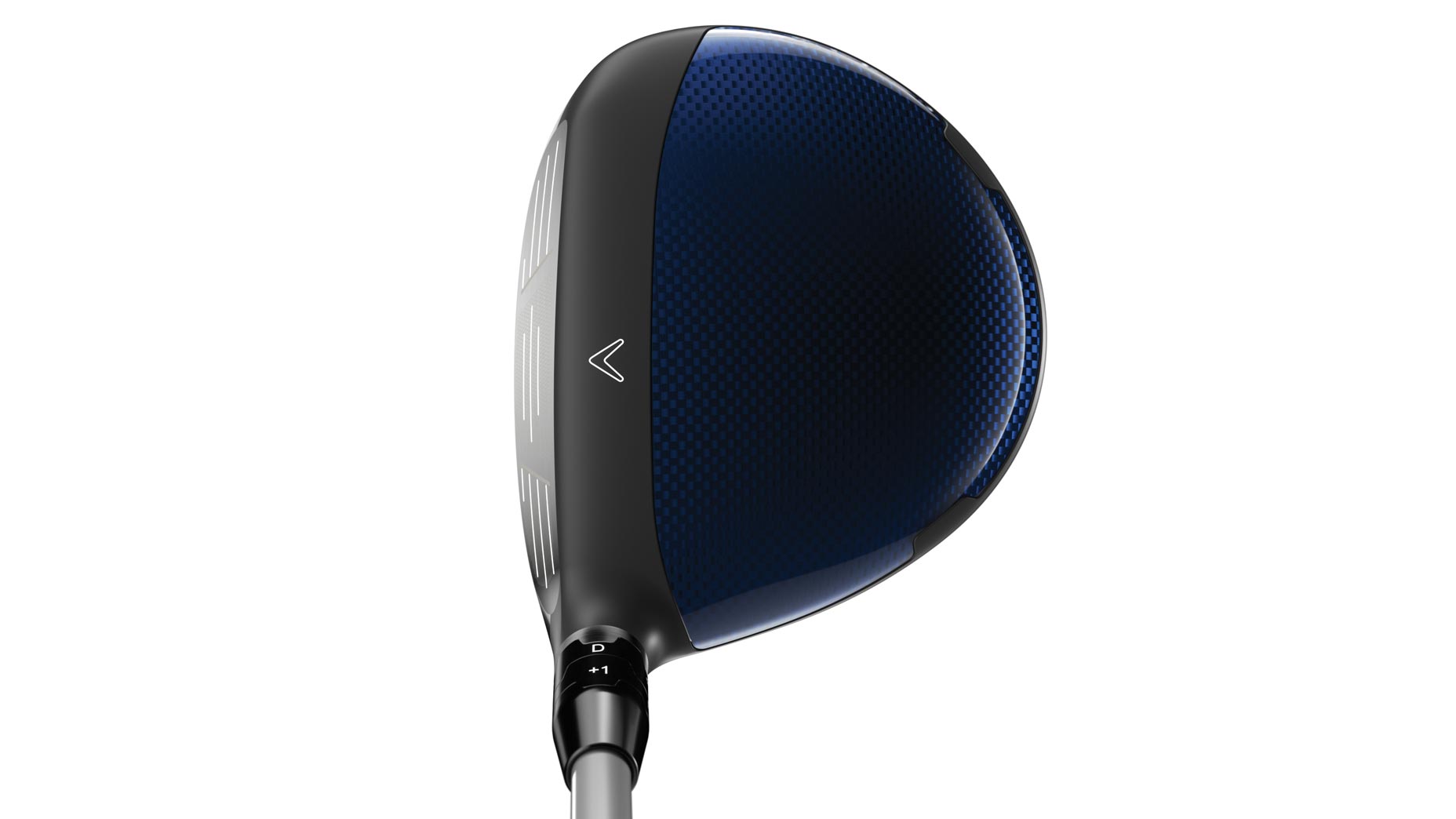
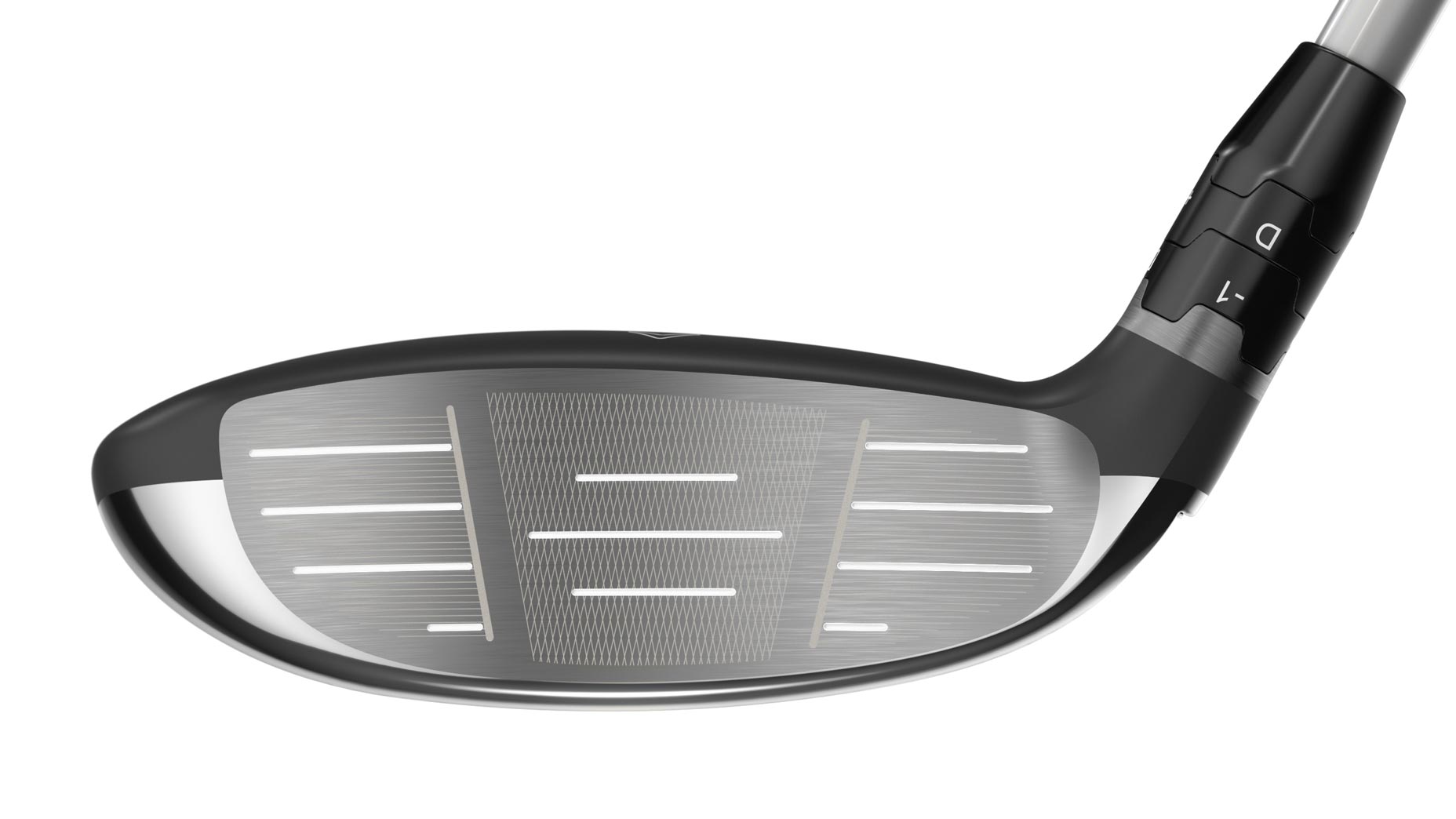
Callaway Paradym, Paradym X and Paradym Triple Diamond Fairway Woods
3. Tungsten for days
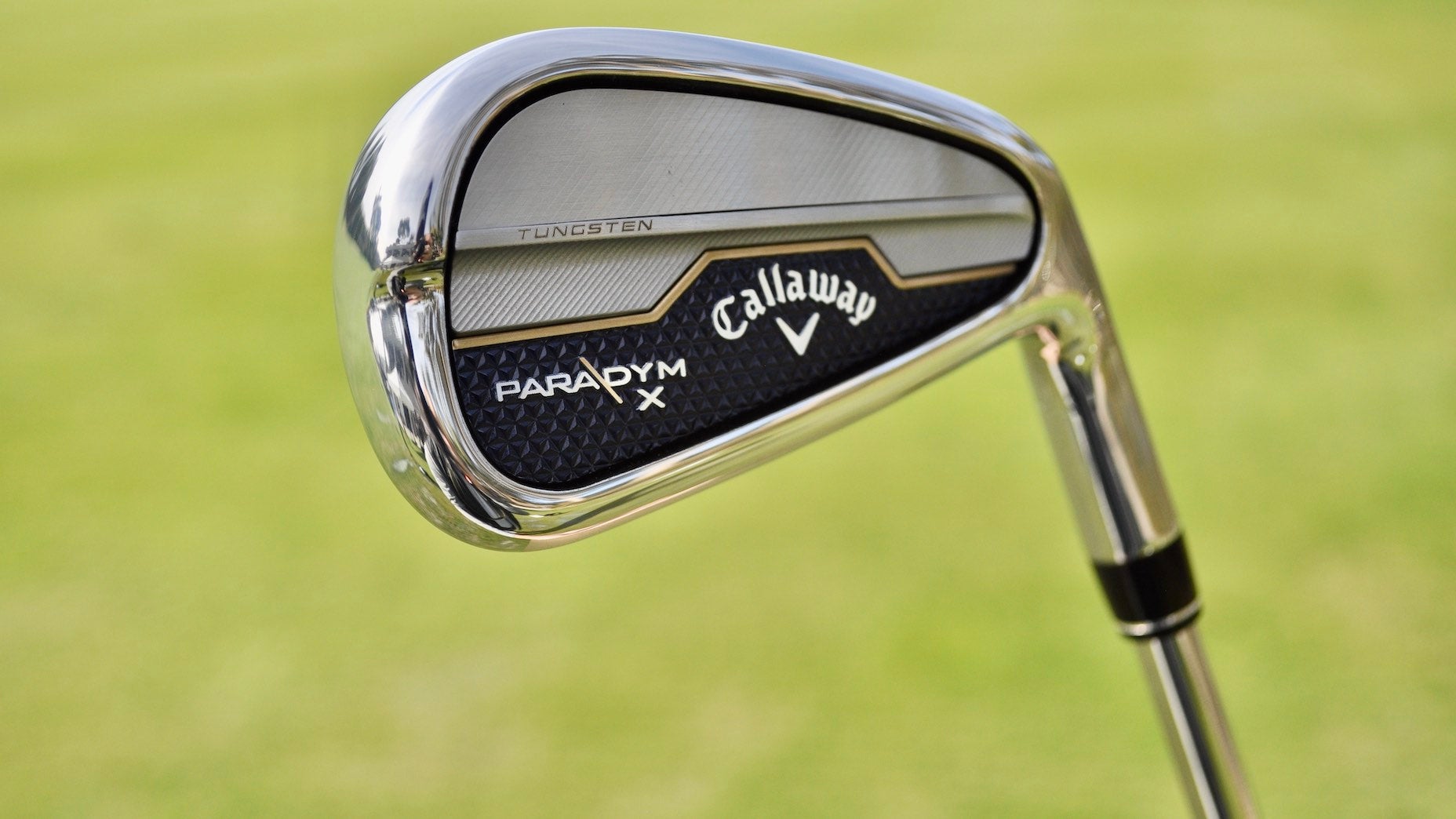
You can’t see all of it on the rack at your local golf shop, but housed inside the Paradym iron is upward of 67 grams of external and internal tungsten weights. Tungsten has been used in recent years to dial in the center of gravity and increase forgiveness in the heel and toe sections of the head.
Paradym follows a similar script, but the addition of even more tungsten means golfers can expect better launch conditions and enhanced speed on shots that don’t hit the center of the face. As my colleague Ryan Barath noted in his detailed Paradym iron writeup, the “increase in forgiveness is the difference between hitting the green and coming up short.”
Trust us, you don’t want to come up short when there’s water fronting the green.
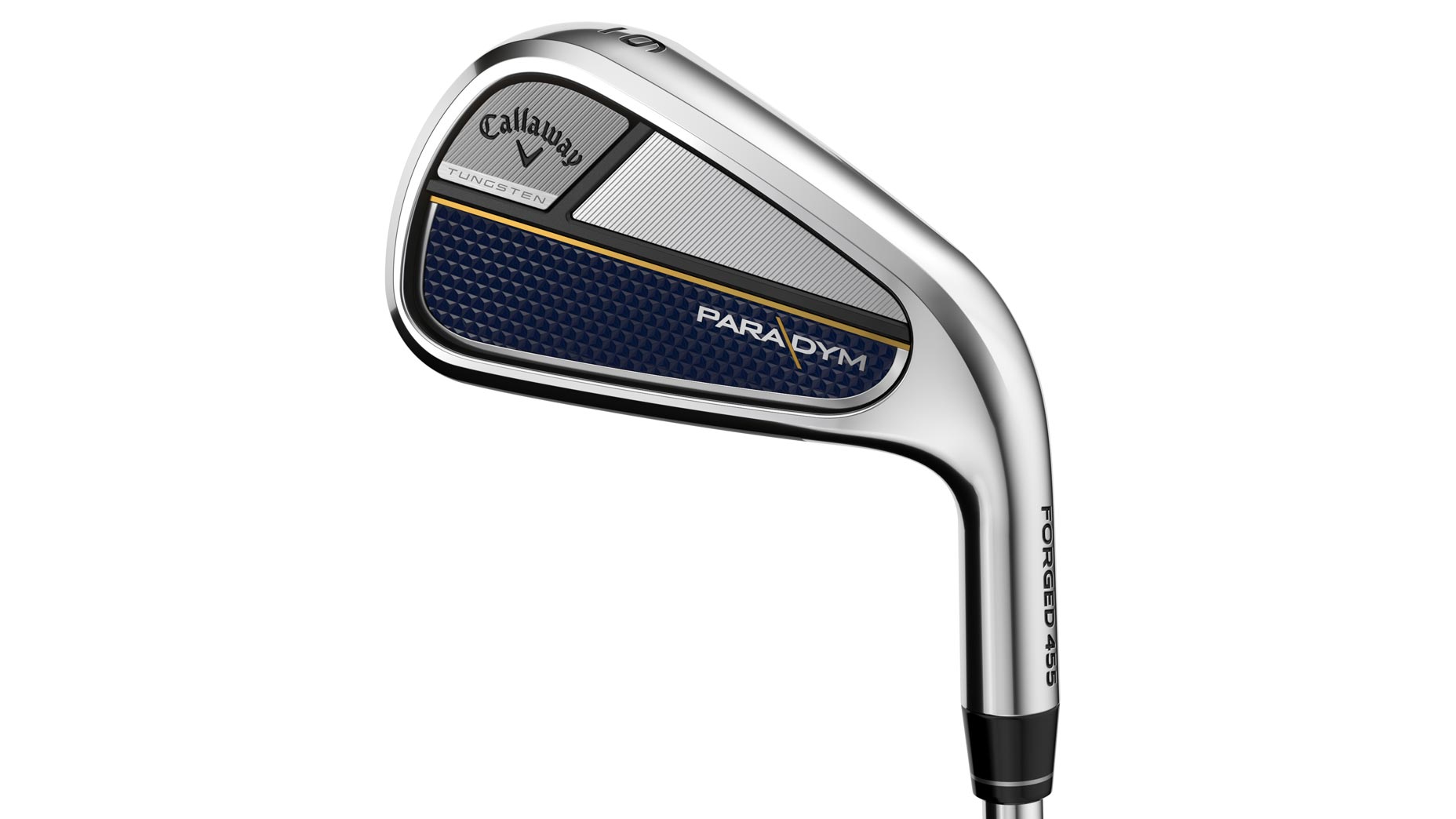


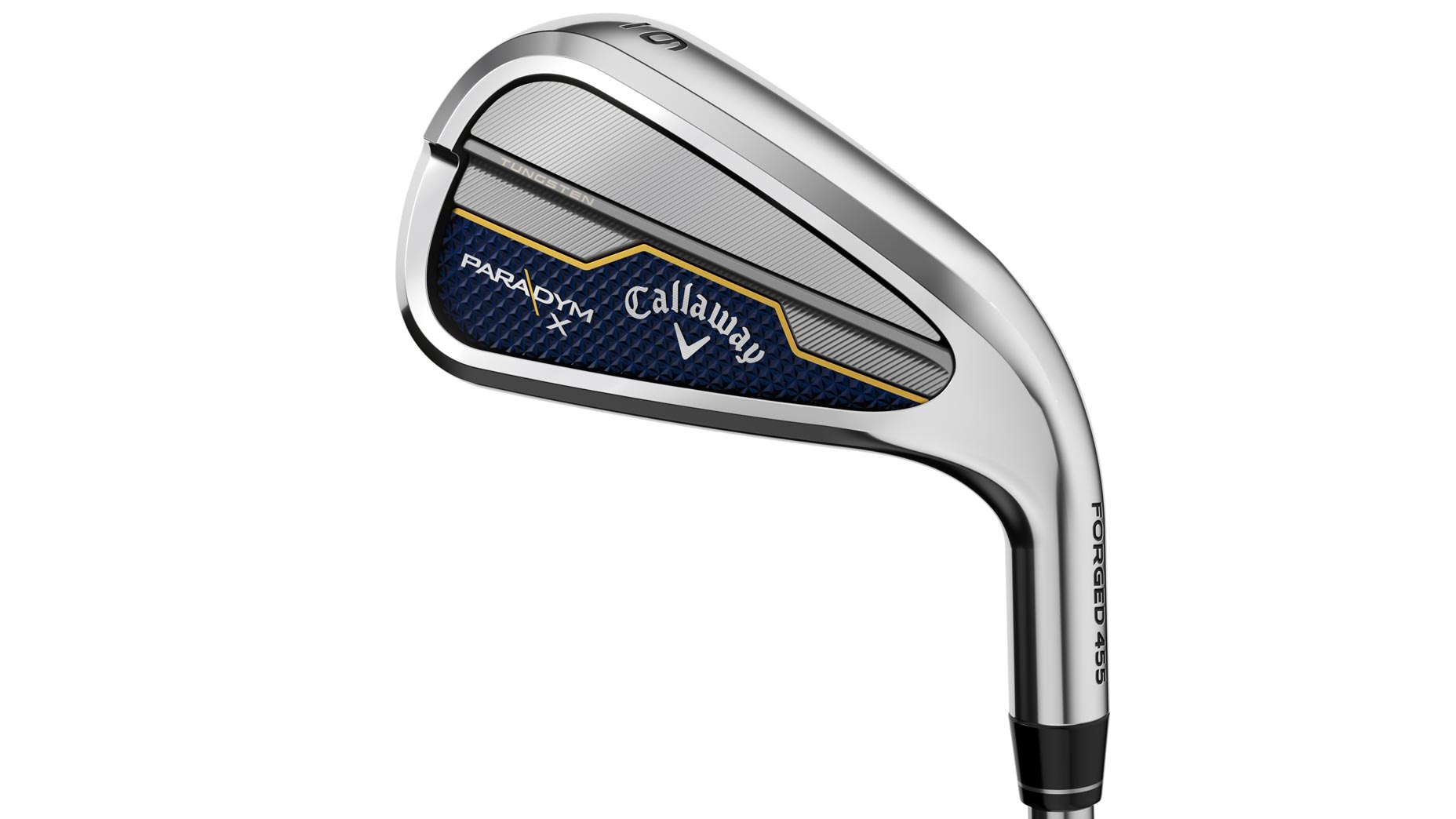
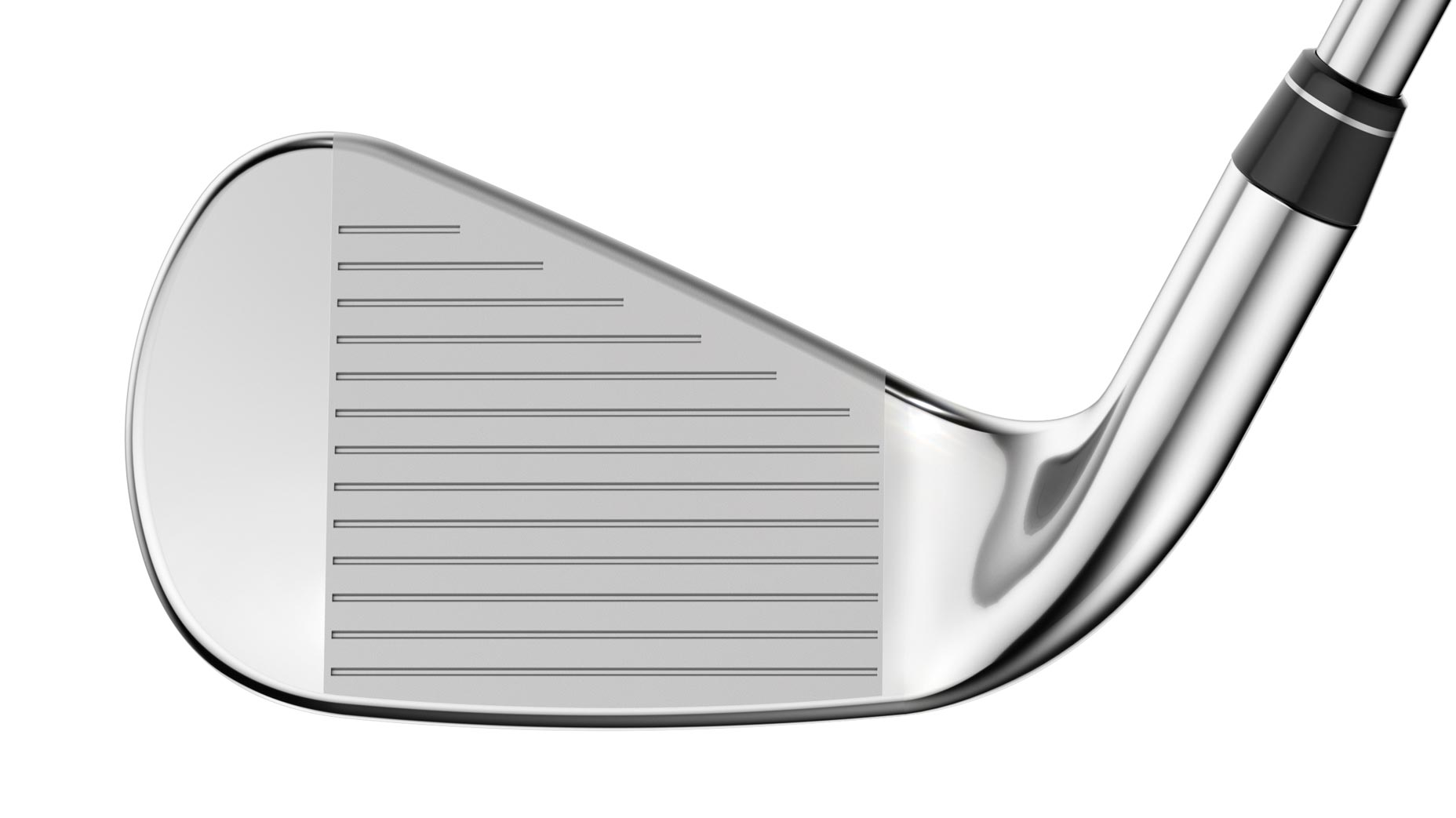
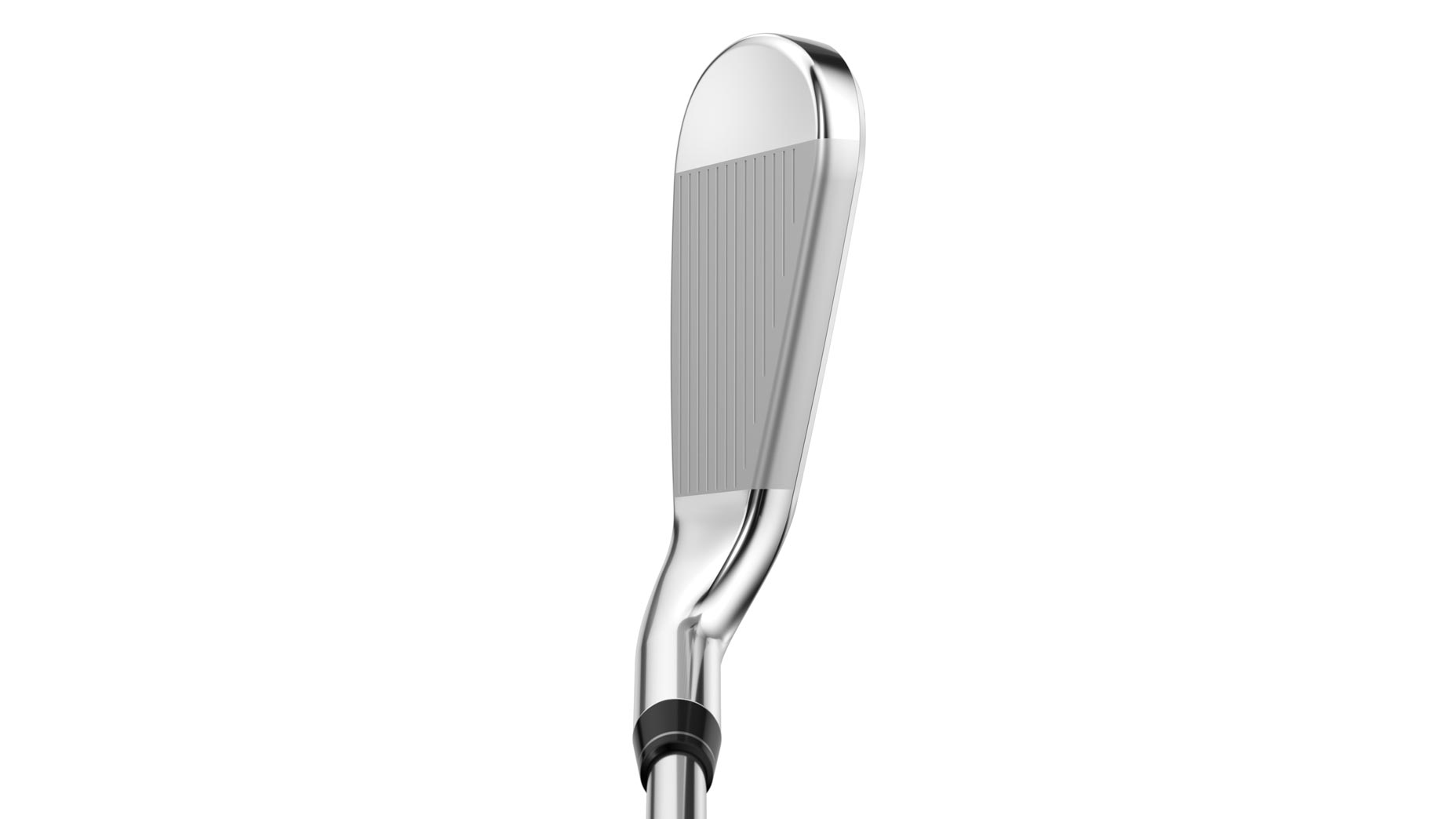
Callaway Paradym, Paradym X Irons
Want to overhaul your bag for 2023? Find a fitting location near you at GOLF’s affiliate company True Spec Golf.
